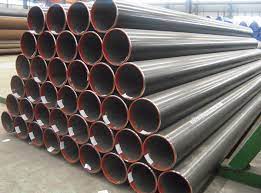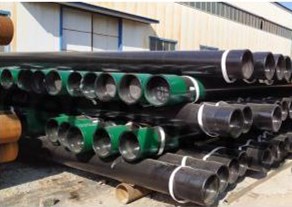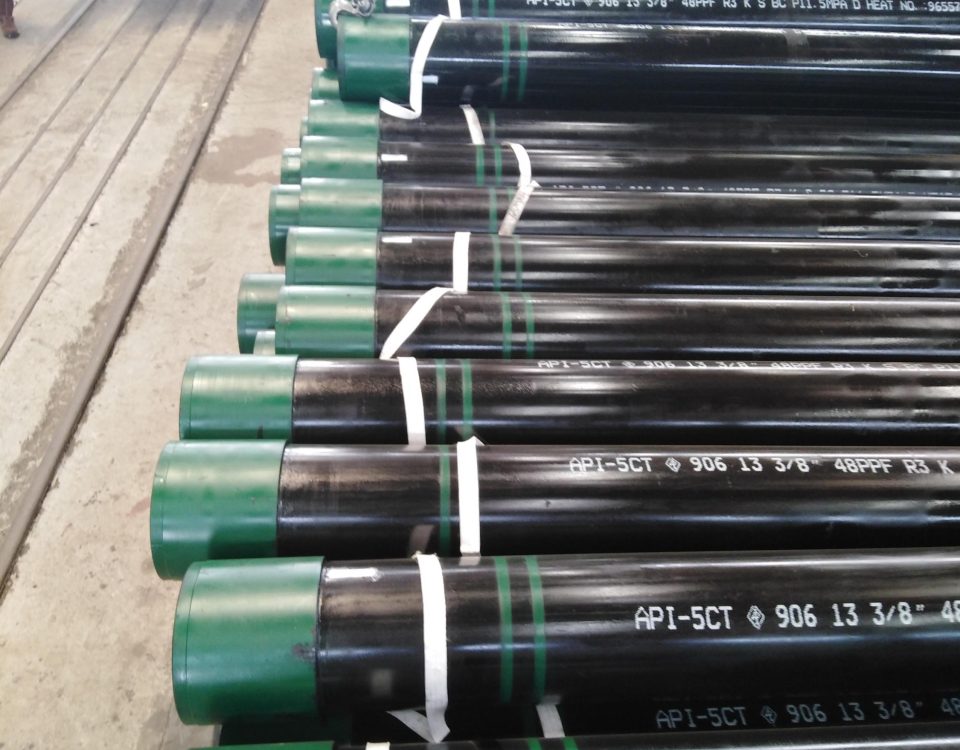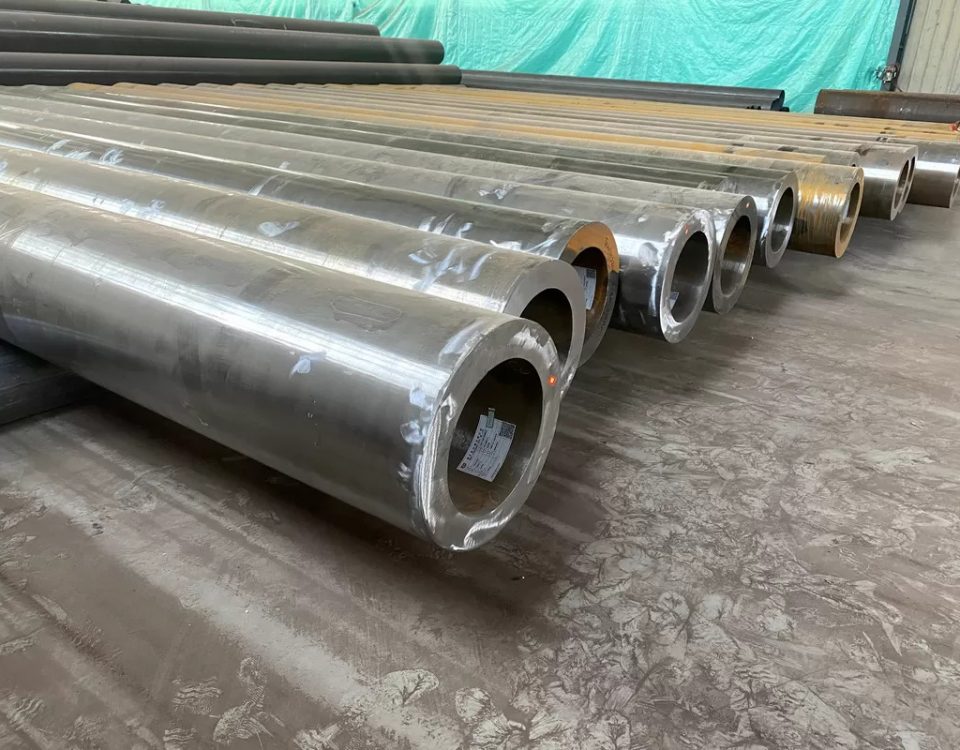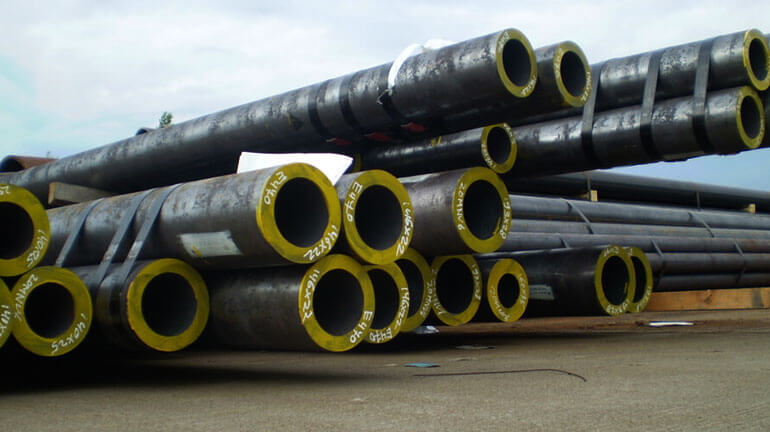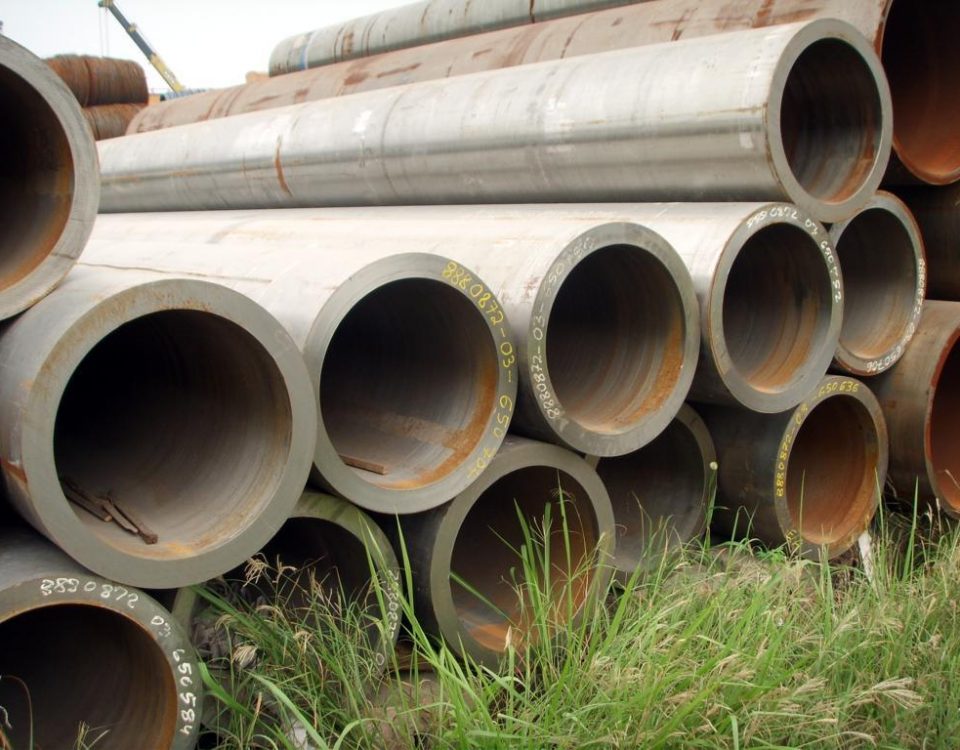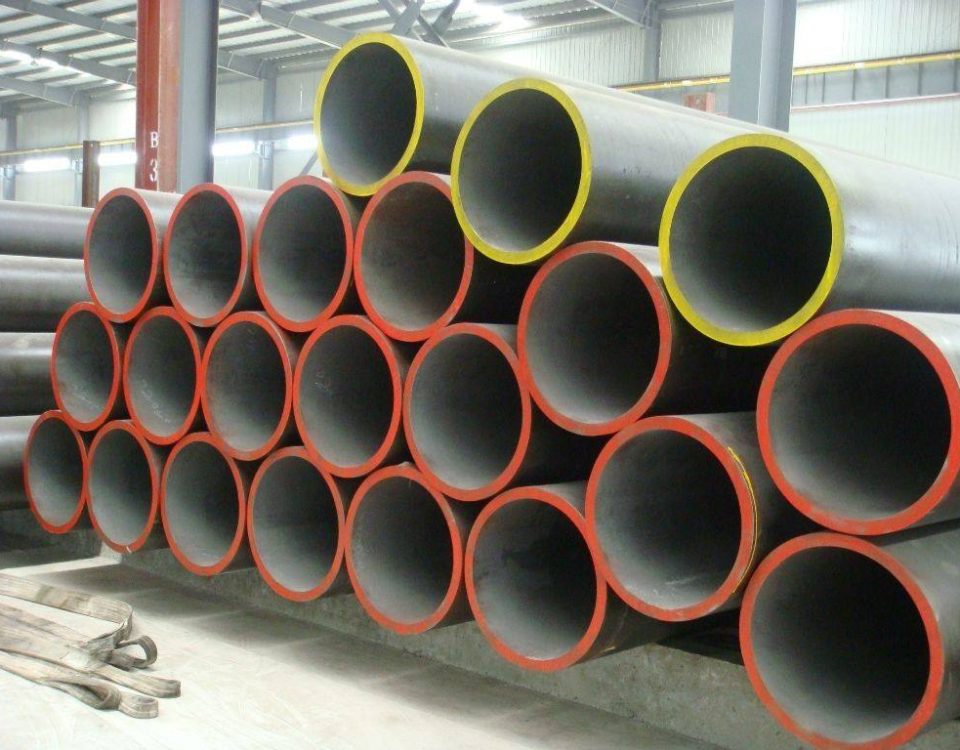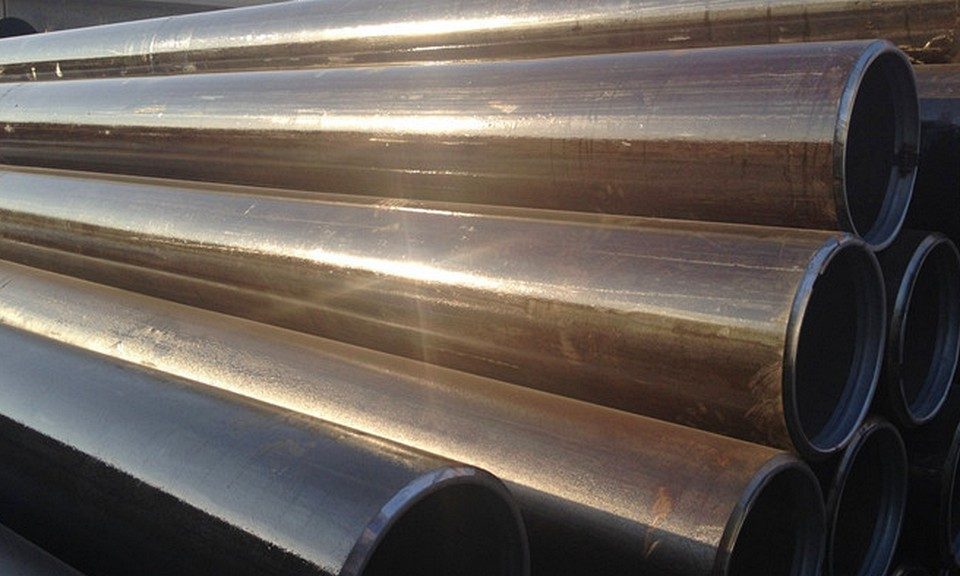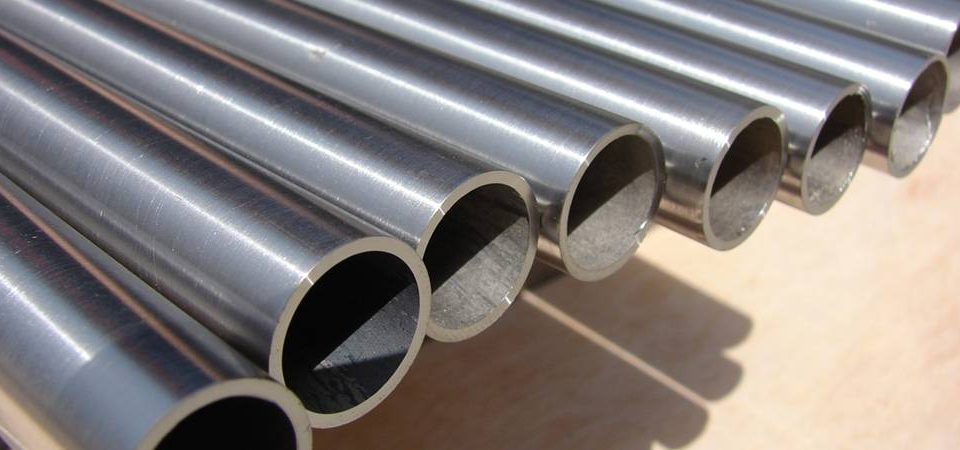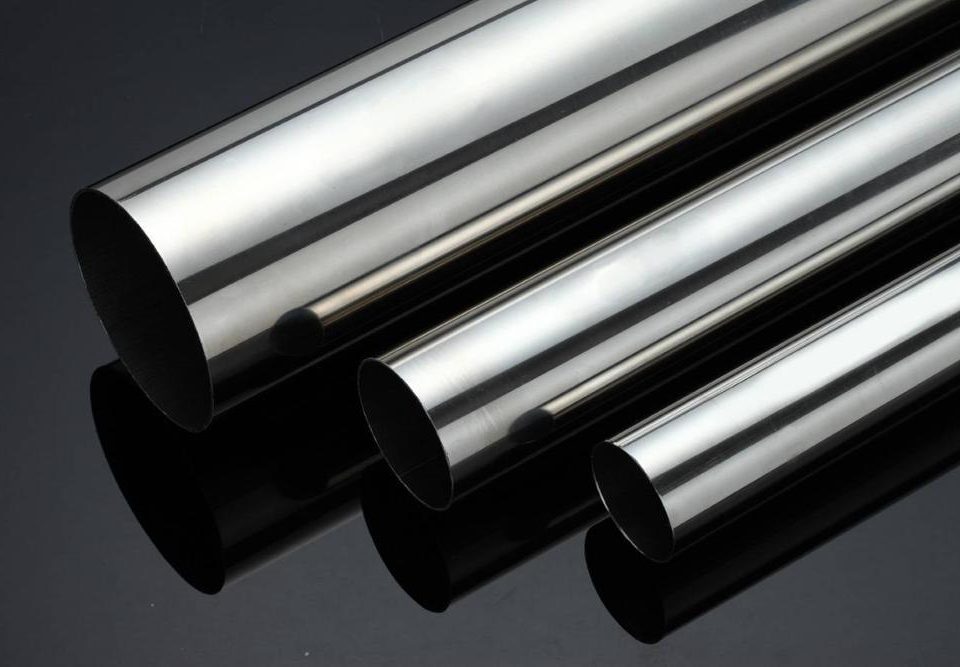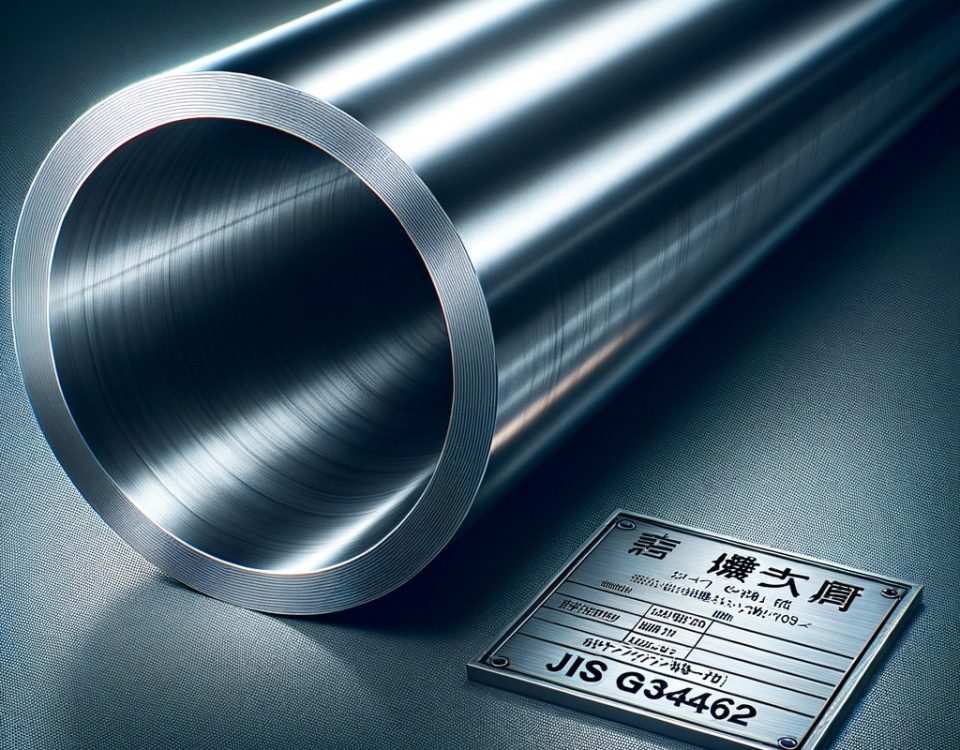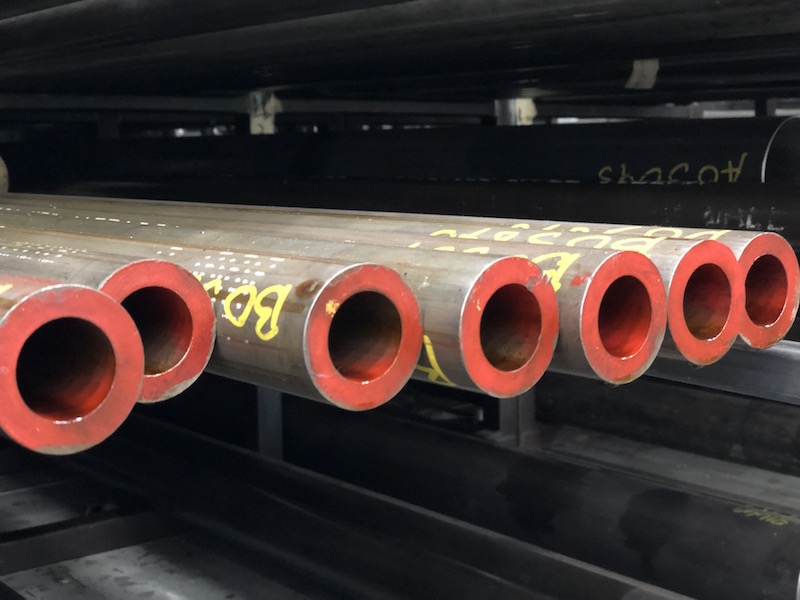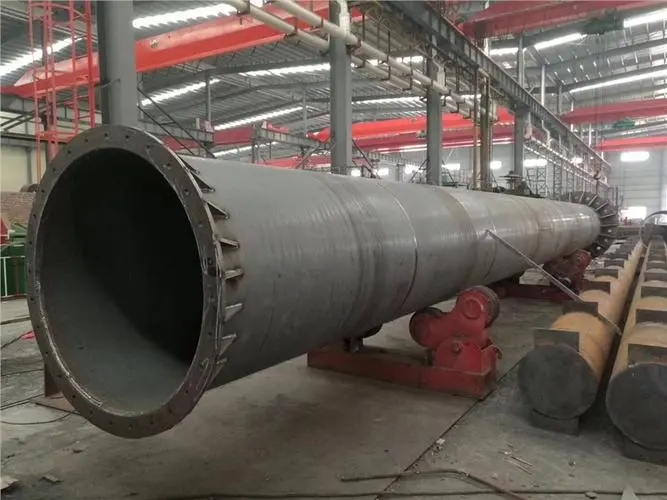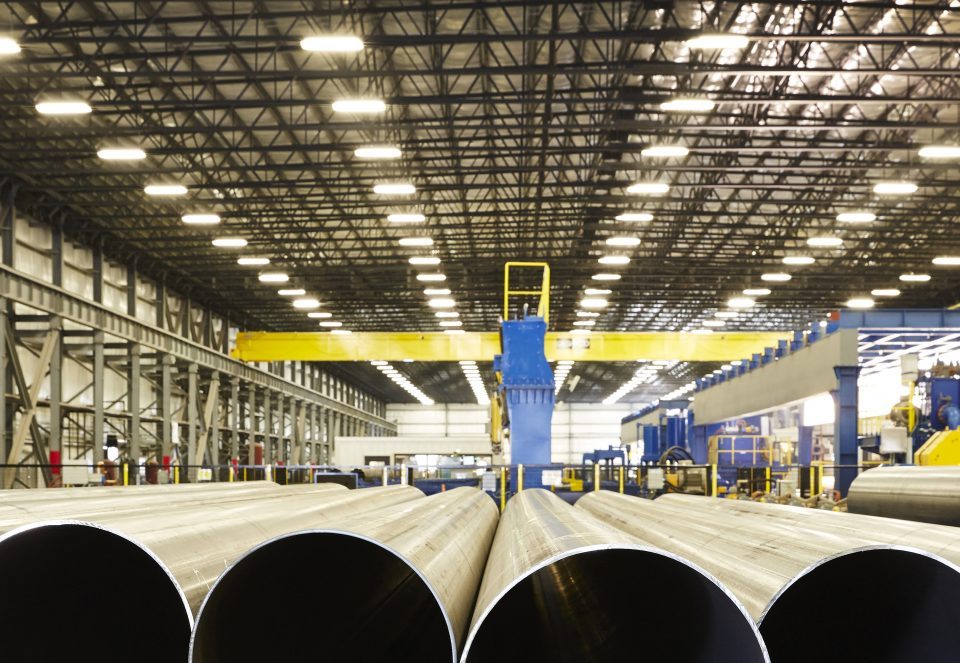Tubing coupling requirements
December 21, 2021Inspection test of tubing and casing
January 4, 2022PIPE is a circular section tube conforming to ASME B36.10M and ASME B36.19M. There are some special PIPEs that do not meet the dimensions in these tables, as well as circular tubes. The nominal outer diameter corresponds to the actual outer diameter.
A TUBE is a hollow object with a circular or other cross-section with a continuous periphery. The size of a circular TUBE may be described by two of the following three parameters, generally not three: outer diameter, inner diameter, and wall thickness.
Strictly speaking, PIPE should be translated into nominal pipe, piping.
Just translate TUBE into a tube.
So let’s summarize,
PIPE is used to transport fluid.
TUBE is used to conduct heat.
The 1 inch PIPE has an outer diameter of 33.4 mm. The 2 inch PIPE has an outer diameter of 60.3 mm.
A 1-inch TUBE has an outer diameter of 25.4mm. A 2-inch TUBE has an outer diameter of 50.8mm.
It is PIPE that complies with ASME B36.10 and B36.19.
What does not conform is TUBE.
The round shape may be PIPE.
But if it is not round, it must be TUBE.
The difference between Tube and Pipe:
As we all know, the ASME boiler and pressure vessel code is an authoritative standard. There are two main words in the ASME standard for steel pipe materials: pipe and tube. Related to it are piping and tubing. When these two words were translated into Chinese, there used to be a stage of vagueness in multiple Chinese translations of the same English word, and now they have basically unified their understanding. ASME B31.3 “Industrial Pipeline” compiled by the China Ordnance Industry Enterprise Management Association, ASME Code Standard Chinese Translation Compilation and Publication Committee, the terminology chapter contains the translation and explanation of pipe and tube:
Pipe—a sealed cylinder used to transport liquids or transfer fluid pressure. It is named “pipe” in the applicable material technical conditions, and is called a pipe in the material standard. “Tube” or “tubing”, when used for pressure-bearing purposes, is regarded as “pipe”. Pipes are divided according to their manufacturing methods
The class is defined as follows:
A) Electric resistance-welded pipe
B) Butt welded pipe, continuous welded (furnace butt welded pipe, continuous welded)
C) Electric fusion welded pipe
D) Double submerged-arc welded pipe
E) seamless pipe
F) Spiral welded pipe
In addition, the Chinese Translation of ASME Code Standards Compilation and Publication Committee also added a note: “Pipe materials are distinguished in the ASME Code. Let’s translate it as “pipe” and “tube”. Pipes are hollow products with circular cross-sections. ; The pipe is a hollow product with a continuous circle or any cross-sectional shape. In the specification, the outer diameter, inner diameter and wall thickness of the pipe can be expressed by two independent parameters, that is, the commonly used domestic outer diameter × wall thickness (φd× t), the inner diameter can be calculated. The pipe specification is represented by the nominal pipe specification NPS×. A more complete representation should be: NPSx sch y, where x represents the diameter and y represents the wall thickness. They are only specifications and models rather than actual sizes. When the wall thickness is the standard specification sch 40, it can be omitted. The specific inner, outer diameter and wall thickness dimensions should be checked in the relevant table. The corresponding translation method is pipe: pipe or piping. Tubing: pipe. When not distinguished, collectively referred to as Pipe.”
The general technical condition of Pipe tube is A530, and the general technical condition of Tube tube is A450. The main differences are as follows:
A530: The wall thickness is expressed by the nominal wall thickness. The allowable deviation of the wall thickness is ±12.5%. The allowable deviation of the outer diameter is controlled loosely (the above deviation is at least 0.4mm). There is no requirement for the flaring test, the crimping test, and the hardness.
A450: The wall thickness is expressed by the minimum wall thickness, the allowable deviation of the wall thickness is zero, and the allowable deviation of the outer diameter is controlled strictly (the deviation is up to 0.4mm as above), and there are requirements for the flaring test, the crimping test, and the hardness. .
In addition, the specifications of each Pipe and Tube itself also have their own technical requirements, which should be read carefully when using them. It is difficult to give a clear limit for whether to use Tube or Pipe in general pipelines. However, for expanded heat exchanger tubes, furnace tubes, and instrument sleeve connecting tubes, Tube tubes must be used, and for welded tubes. Both Tube and Pipe tubes are generally acceptable. Because Tube tubes have stricter manufacturing and inspection requirements, they can be used in industrial and mining areas with more demanding pressure and temperature, and of course the price is more expensive.
Generally, PIPE is used for steel pipes of pipes or pressure vessels. Pipe fittings are called PIPEFITTING pipes (manufactured according to piping standard specifications). PIPE pipes (other pipes not manufactured according to piping standard specifications) TUBETUBE can have any cross-sectional shape, and PIPE should be round.
When ASME formulates this rule, it focuses on the nature of the pipe or pipe’s purpose. Within the scope of boilers and pressure vessels, tube mainly focuses on internal and external heat conduction and heat exchange purposes, while pipe is mainly based on the function of transporting the pressurized medium from one place to another. In this way, pipes generally have Attached to various accessories (tees, elbows) and valves. Provincial gas pipes, water wall pipes, etc. must belong to the tube category, while main steam pipes, downcomers, etc., or other pipes connected with tee and valve must belong to the pipe category.
PIPE is defined by the nominal diameter, TUBE is defined by the outer diameter and wall thickness, PIPE can be welded and threaded, and TUBE can only be connected with COMPRESS JOINT TYPE FITTING.
The difference between Tube and Pipe:
ASTM’s stainless steel pipe standards include about 12 seamless steel pipes and welded steel pipes. The steel grade is mainly austenitic stainless steel, which has 3 austenitic-ferritic duplex stainless steel standards. Studying the difference between the pipe and tube standards found that although the two standards are self-contained, the main technical content of the standard is that the size and specifications of the steel pipe have completely different systems, the chemical composition of the steel, the shape and weight requirements of the steel pipe, and the mechanics The requirements for performance and process test, heat treatment requirements, hydraulic test and non-destructive inspection are basically the same.
Therefore, the content of pipe size specifications is introduced.
(1) According to the American National Standard ANSI/ASME B36.10M “Welded and Seamless Steel Pipe (Steel pipe)” (first formulated by the American Society of Mechanical Engineering in 1934), the size specification of Steel pipe is nationally Unified, standardized, and serialized. This kind of pipe is used under high temperature or low temperature or pressure conditions. The word “pipe” is used to distinguish it from “tube” and is suitable for those tubes used in pipelines and piping systems. product.
It can be seen from this that the main difference between “Steel pipe” and “Steel tube” is:
(1) The size specifications of Steel pipe are uniformly stipulated by national standards. When formulating each specific product standard, it can only be selected from the B36.10M standard, and the size series cannot be customized. The size specifications of “Steel tube” are stipulated in each product standard according to the purpose of the product and the user’s requirements when each product standard is formulated.
(2) Steel pipe is mainly used for pipelines or piping systems under high temperature, low temperature or pressure conditions. In B36.10M, the nominal size of the steel pipe is represented by the specification number NPs (NominalPipe Sige) (in inches). There are 44 NPSs from 1/8 to 80. They are 1/8, 1/4, 3/8, 1/2, 3/4, 1, 11/4, 1 1/2, 2, 2 1/ 2, 3, 3 1/2, 4, 5, 6, 8, 10, 12, 14, 16, 18, 20, 22, and 6, 28, 30, 32, 34, 36, 38, 40, 42, 44, 46, 48, 52, 56: 6o, 64, 68, 72, 76, 80.
Each specification also contains different sequences of wall thickness scople species. The NPs value is actually the nominal outer diameter (0D) value of the steel pipe. However, the values of NPS 1/8~NPSl2 are different from the nominal outer diameters of standardized steel pipes. These specifications of pipes are actually produced according to the standard nominal outer diameters.
(2) Are these specifications in ANSI/ASME B36.10M applicable to stainless steel pipes? No. On the basis of ANSI/AMES B36.10M, the ANSI/AMES B36.19M stainless steel pipe (pipe) size specification standard was formulated. The size specifications specified by the standard are listed in Table 1, and the nominal weight is listed in Table 2. The standard also stipulates that the allowable size deviation is specified by each standard when formulating specific product standards, and its size is determined by the specific requirements of the steel pipe manufacturing method and use. In addition, the calculation method of steel pipe weight and the selection principle of steel pipe wall thickness are also stipulated. Note: The weight listed in this table refers to the weight of carbon steel pipes. Compared with the weight of stainless steel pipe, the difference is that the weight of the corresponding size of ferritic stainless steel pipe is reduced by 5%, and the weight of austenitic stainless steel pipe is increased by 2%.
(3) Through the introduction of ANSI/AMES B36.10M and B36.19M two standards, we have a general understanding of the main difference between Steel tube and Steel pipe. This difference is mainly reflected in the use conditions of the tube and its requirements for size specifications. Going back to study the specific standards of Steel pipe, I found that the specifications of the steel pipe size in the standard are mainly to determine the NPS number and specify the allowable deviation of the size.
There are roughly the following contents:
(1) When ordering, the user should indicate the NPS number, the serial number of the steel pipe wall thickness or the average nominal wall thickness or minimum wall thickness in the contract.
(2) In A999/A999M “General Technical Requirements for Stainless Steel Pipe (pipe)”, the general size specification of stainless steel pipe is specified as NPS1/8~NPS48, and the corresponding outer diameter is 0.405~1219.2mm.
(3) The allowable deviations of outer diameter, wall thickness, inner diameter, length and weight are specified.
① Allowable deviation of wall thickness
a. When the user orders with the minimum wall thickness, the wall thickness is not allowed to be deviated. b. The deviation of the minimum wall thickness at any point of the steel pipe (including seamless steel pipe and welded pipe) from the nominal wall thickness shall not be greater than 12.5% of the specified nominal wall thickness. The standard appendix also provides a list of minimum wall thickness inspection values. C. For cast and boring steel pipes, the wall thickness deviation should not exceed 3.2mm, and the specified wall thickness should not have a negative deviation. The wall thickness deviation of the cast pipe should not exceed 1.6mm, and the specified wall thickness should not have a negative deviation.
②Allowable deviation of outer diameter
③Allowable deviation of inner diameter
For cast, boring and cast stainless steel pipes, the inner diameter deviation should not exceed 1.6mm, and the specified inner diameter should not have a positive deviation. In addition, the standard also stipulates the allowable deviation of the delivery length of the steel pipe.
I recently turned to an old book and found that there is a difference between pipe and tube in ASME. Let me show you that pipe and tube are currently translated as pipe, but PIPE is generally expressed in terms of inner diameter and wall thickness (SCH), including welding Tubes and seamless tubes, whose main function is to transport fluids, and tubes represented by outer diameter and tube wall thickness, also include welded tubes and seamless tubes, whose main function is to transfer heat, such as heat exchanger tubes and condenser tubes In the welding procedure qualification, the function of the pipe is not distinguished by the focus on the procedure qualification, so the pipe and the tube can be used in common. In the second volume of ASME, the pipe can be translated as the fluid conveying tube tube as the heat transfer tube.
The steel pipe material standards of the United States and Japan clearly divide steel pipes into two categories: Pipe and Tube (the wall thickness calculation formula is different in the standard). Pipe refers to a hollow pipe with a round cross section for fluid transportation. Its specifications are expressed by the series of nominal diameter and wall thickness (or wall thickness). For pipes with the same nominal diameter, the wall thickness can be different, but the outer diameter is the same.
Pipe is the main pipe used in industrial pipelines. Pipe is mainly based on the function of transporting the pressurized medium from one place to another, and does not focus on the heat exchange function. For example, the main steam pipe, ascending and descending pipes, etc. or other three-way, elbow and valve connection pipes are Pipe pipes. Tube is a general term for hollow tubes, which can be round cross-sections or cross-sections of other shapes. For a round tube, its specifications are determined by two of the outer diameter, inner diameter and wall thickness.
Tube is often used in small-diameter pipes (5 inches or less than 6 inches) such as instrument pipes, heat tracing pipes, hydraulic or pneumatic pipes in piping systems. Tube tube mainly focuses on internal and external heat conduction and heat exchange purposes, such as superheater tubes, reheater tubes, gas-saving tubes and water wall tubes. Generally speaking, the unit price of Tube is higher than that of Pipe.
PIPE American Standard: ASTM A53 “Uncoated and Hot-dip Galvanized Welded and Seamless Nominal Pipe”; API5L “Pipeline Steel Specification”; ASTM A106 “Seamless Carbon Steel Nominal Pipe for High Temperature”; ASTM A312 “Seamless and Welded Austenitic Stainless Steel Nominal Pipe”; ASTM A333 “Seamless and Welded Nominal Steel Pipe for Low Temperature Use”; ASTM A335 “Seamless Ferritic Alloy Steel Nominal Pipe for High Temperature Use”; ASTM A358 “Arc Fusion Welding for High Temperature Use” Austenitic chromium-nickel alloy steel nominal pipe”-plate welded pipe; ASTM A671 “normal temperature and low temperature electric fusion welding nominal pipe”-plate welded pipe; ASTM A672 “medium temperature and high pressure electric fusion welding nominal pipe”-plate welded pipe ; ASTM A691 “Carbon Steel and Alloy Steel Electrofusion Welded Steel Nominal Pipe for High Temperature and High Pressure”-Plate Welded Pipe; ASTM A530 “General Requirements for Carbon Steel and Alloy Steel Nominal Pipe for Special Purposes”;
Pipeline steel pipe (TUBE) American Standard: ASTM A179 “Seamless cold drawn low carbon steel pipe for heat exchanger and condenser”; ASTM A213 “Seamless ferritic steel and austenite for boiler, superheater and heat exchanger Alloy Steel Pipe”; ASTM A249 “Boiler, Superheater, Heat Exchanger and Condenser Welded Austenitic Steel Pipe”; ASTM A334 “Seamless and Welded Carbon Steel and Alloy Steel Pipe for Low Temperature Use”; ASTM A450 “General Requirements for Carbon Steel, Ferritic Alloy Steel and Austenitic Alloy Steel Pipe”;
Pipeline steel pipe (PIPE) domestic standard: GB/T 3091-2001 “Welded steel pipe for low pressure fluid transportation”; GB/T 8163-1999 “Seamless steel pipe for fluid transportation”; GB/T 9711.1-1997 “Oil and natural gas industrial transportation Technical delivery conditions for steel pipes Part 1: Grade A steel pipes; GB/T 12771-2008 “Stainless steel welded steel pipes for fluid transportation”; GB/T 14976-2002 “Stainless steel seamless steel pipes for fluid transportation”; GB/T 18984- 2003 “Seamless Steel Pipes for Low Temperature Pipelines”; HG/T 20537.3-1992 “Technical Requirements for Austenitic Stainless Steel Welded Steel Pipes for Chemical Plants”; HG/T 20537.4-1992 “Technical Requirements for Austenitic Stainless Steel Welded Steel Pipes with Large Diameters for Chemical Plants “;
In addition, although the following national standards do not distinguish between Pipe and Tube, they can also be used for steel pipes for pipelines.
Such as: GB 3087 “Seamless Steel Pipe for Low and Medium Pressure Boiler”; GB 5310 “Seamless Steel Pipe for High Pressure Boiler”; GB 6479 “Seamless Steel Pipe for High Pressure Fertilizer Equipment”; GB 9948 “Seamless Steel Pipe for Petroleum Cracking”;
However, not all the diameters of pipeline components use nominal diameters, and not all pipes use Pipe. For example, high-temperature and high-pressure pipes and clean pipes are often expressed in terms of outer diameter x wall thickness.
Tubes can be divided into two categories according to internationally used ones, namely Pipe and Tube. But they cannot be separated when expressed in Chinese, and they are all called pipes.
In the ASTM and JIS steel pipe standard systems, there are obvious differences between Pipe and Tube in terms of technical requirements and dimensional tolerances. my country’s steel pipe standard system did not distinguish between Pipe and Tube before the 1990s. In recent years, my country’s steel pipe standards are gradually Develop towards the separation of Pipe and Tube standards.
